By Soren Schamberg
A long-time debate with regard to system of play is whether to mark a zone on the field despite who the player in the zone is, or, a man marking system which has an individual player mark an opponent.
Currently, the epitome of these two systems would be Manchester City with their 21 zonal system and Leeds United with their man marking system which has brought them up into the Premiere League just 1 1/2 seasons ago.
While watching either of these teams play, it is important to understand that whichever style of play is chosen overall does not mean it is mutually exclusive for the duration of the game. For instance, teams can set up to play zonal offence while man marking defensively. They can also go all in with zonal offense and defence or man marking the whole game in all phases, it comes down the players which are available, the training that the team has done and what the coach may believe would be their opponents strategy and how to counter that.
In the case of Manchester City, they can be said to be zonal marking the majority of their games, if not all of the time. When you watch them play, Man City will have the same number of players in a certain 1/3 of the field depending on the phase of play they are in. For instance, defensively, Man City without the ball will have 4 players always in the middle channels of the field no further than the halfway line. But what makes this system unique is that at no point is any single player in a position and not active in the teams formation. If they are not one of the four in the middle channels, then they are finding their place on the field without having to be told. This also shortens the amount of time the Man City players need to spend on the ball because if everyone on the field understands what to do in each phase of play, then they don’t have to spend time getting their heads up to find players, they can just place the ball somewhere on the field and trust that 98% of the time a teammate will be there. The con to this system of play is that if one or more players doesn’t understand or follow the rules put in place, the team is not in a position to adapt quick enough and use a lot of energy making up for mistakes.
On the other hand, Leeds’ man marking system has the emphasis on surrounding and keeping the player with the ball under pressure in hopes that they make a bad pass or give up the ball and because they are man marking and so close to the opposing players, they hope to exploit the space that is immediately behind the former attacking opposition as Leeds transitions from defence to attack. Therefore, Leeds is looking to allow the opposition to have the ball and count on themselves to cause enough of a chance on the counter attack that it is worth it. The con to this system is that the team puts in a high rate of work in the hopes of creating an opportunity.
So what happens when these two styles of play meet? Well, spoiler alert…..Man City 7 - Leeds 0.
There are many examples in this matchup of Pep’s zonal system working with great effect but a clear one is for the 2nd Man City goal by Jack Grealish in the 13th minute. Starting from a defensively cleared corner in the Leeds defensive 1/3,
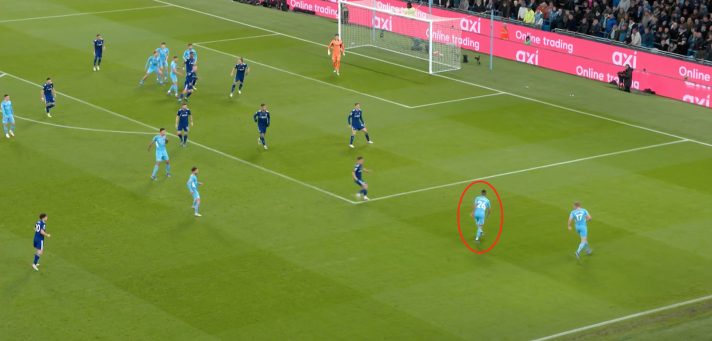
Man city recycles the ball wide to Mahrez who crosses the ball onto the top of the 6 yard line where the oncoming Grealish and LaPorte jump uncontested to direct the ball into the goal.
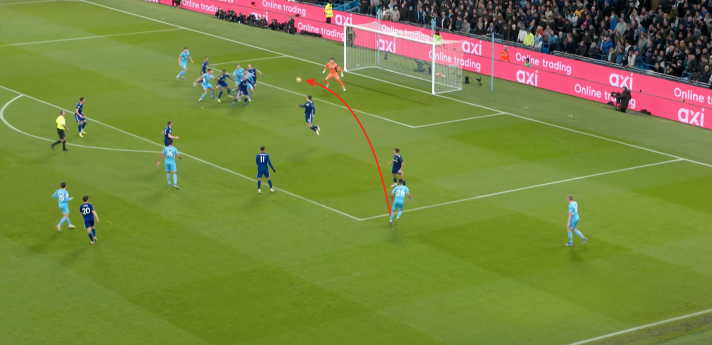


So what happened? Leading up to the cross from Mahrez, one can see the Leeds defence not aware of the unmarked City players in the box, they each thought the other had them marked and the result is no one ended up marking them.
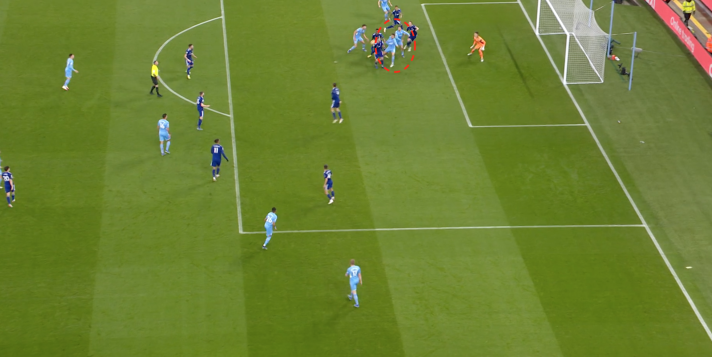
Another example is for the next goal by Kevin DeBruyne in the 32’. A typical passage of play from the middle 1/3 of the field to Phil Foden is moved to Rodri in the left attacking channel.
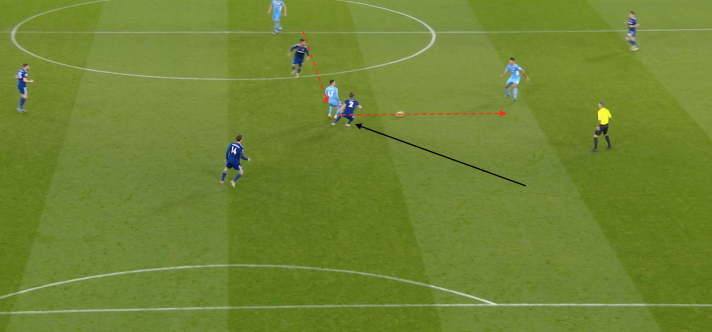
which is opened because the Leeds defence committed to Phil opening the channel.
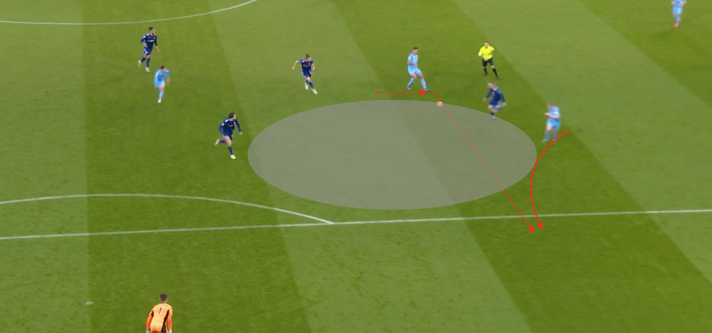

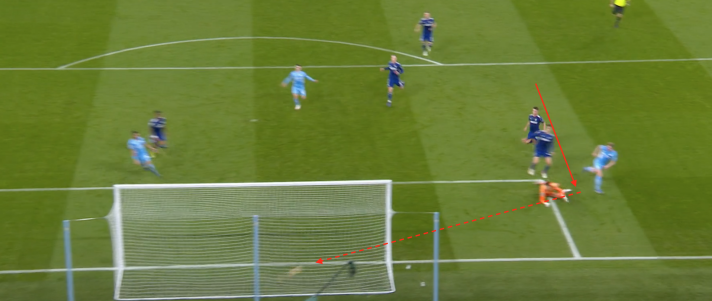
This makes space for a sensible through pass for DeBruyne to run onto and score.
These are just two of many displays in this game of these two systems, but both the scoreline and the game stats shows strong case for the superiority of the 20 zone system.
By Soren Schamberg


